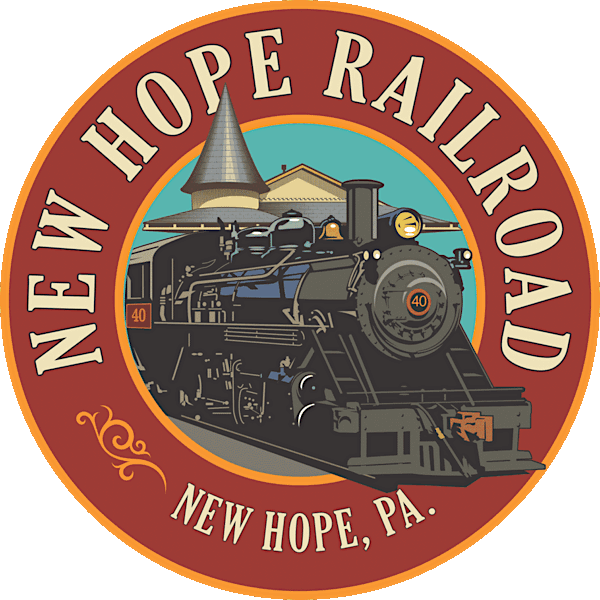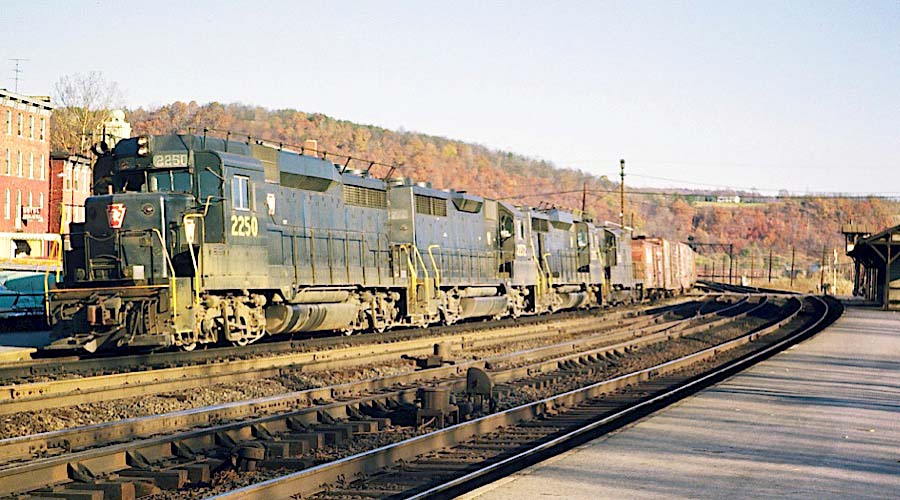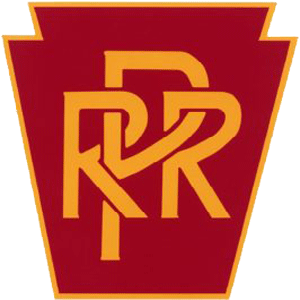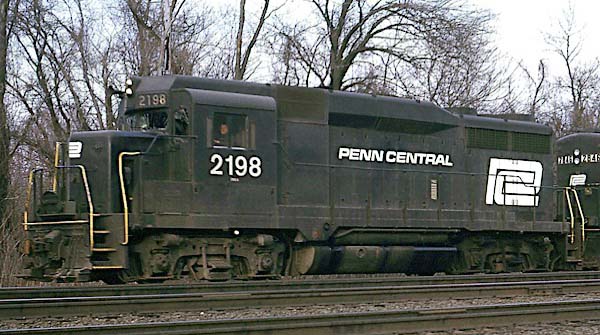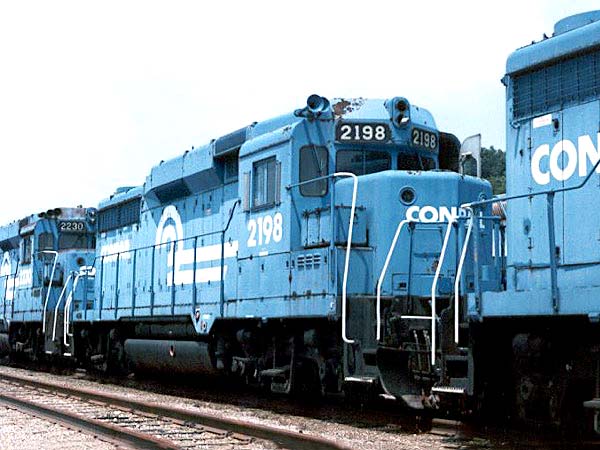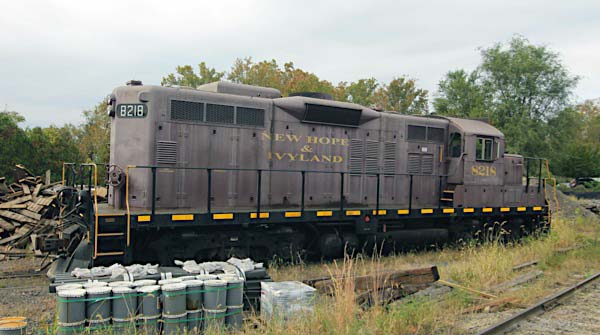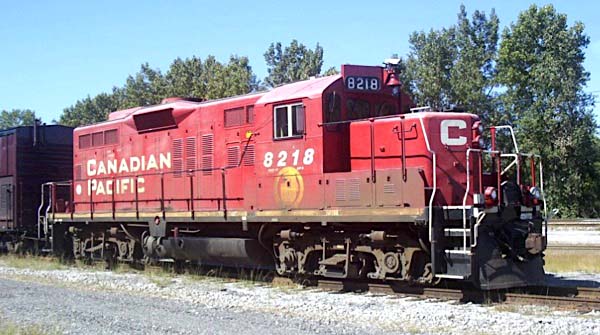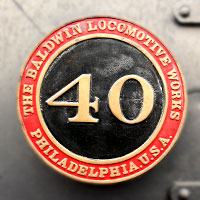 |
New Hope & Ivyland Motive Power |
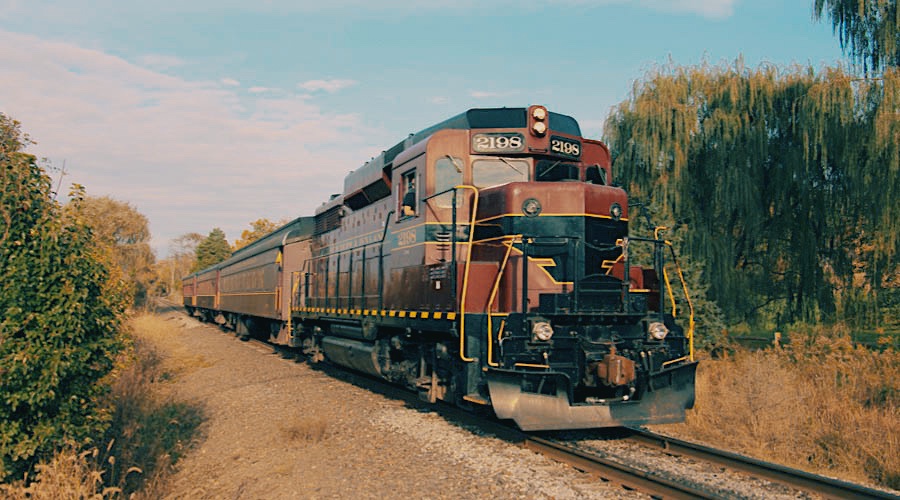
Lahaska, Pa / Oct 2021 / RWH
#40
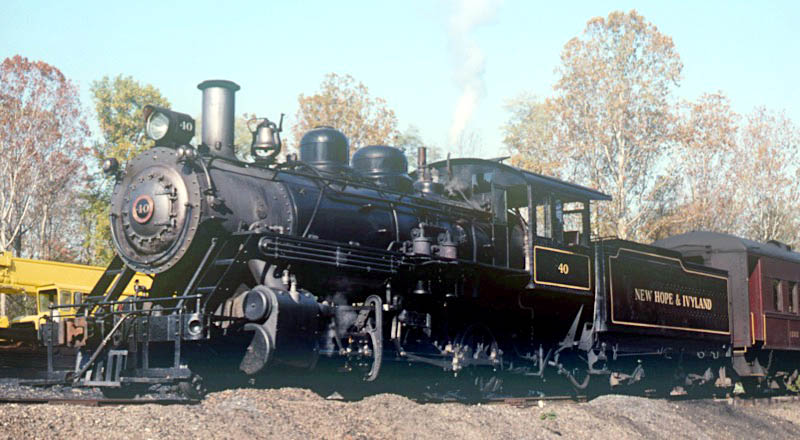
New Hope & Ivyland #40
New Hope, Pa / Oct 1995 / collection


New Hope & Ivyland #40
to Cliffside Railroad #40, 1947
to Steam Trains, Inc. #40, 1962
to New Hope & Ivyland #40
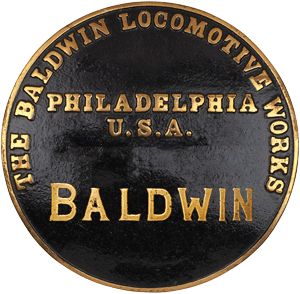
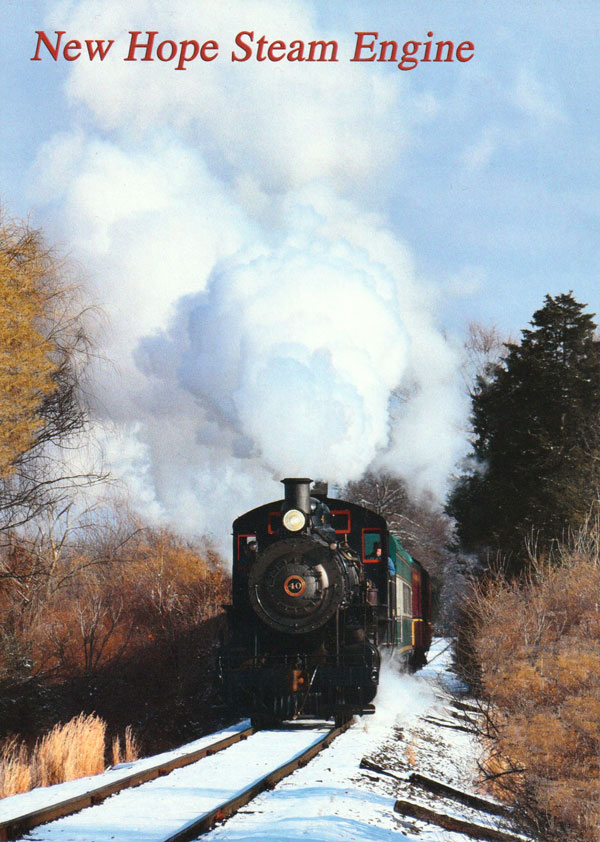
postcard / collection
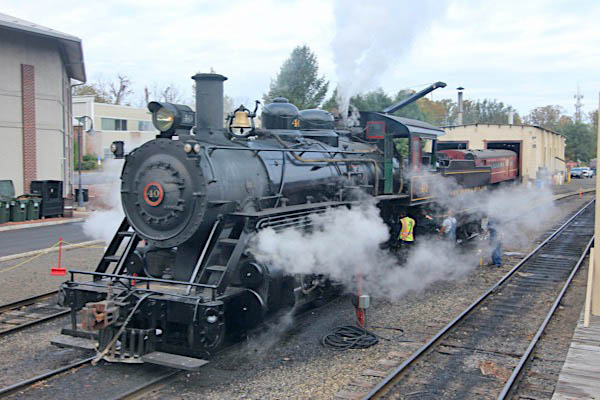
New Hope, Pa / Oct 2021 / RWH

New Hope, Pa / Oct 2021 / RWH

New Hope, Pa / Oct 2021 / RWH
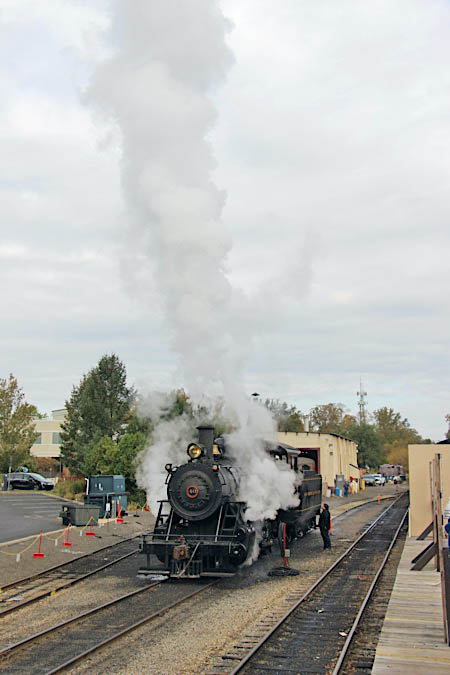
Oct 2021 / RWH

New Hope, Pa / Oct 2021 / RWH
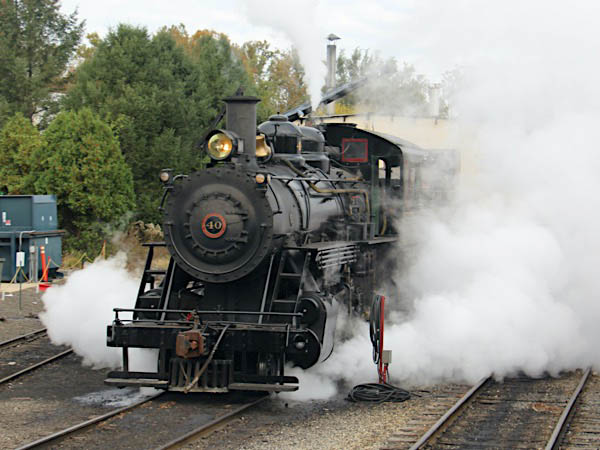
New Hope, Pa / Oct 2021 / RWH
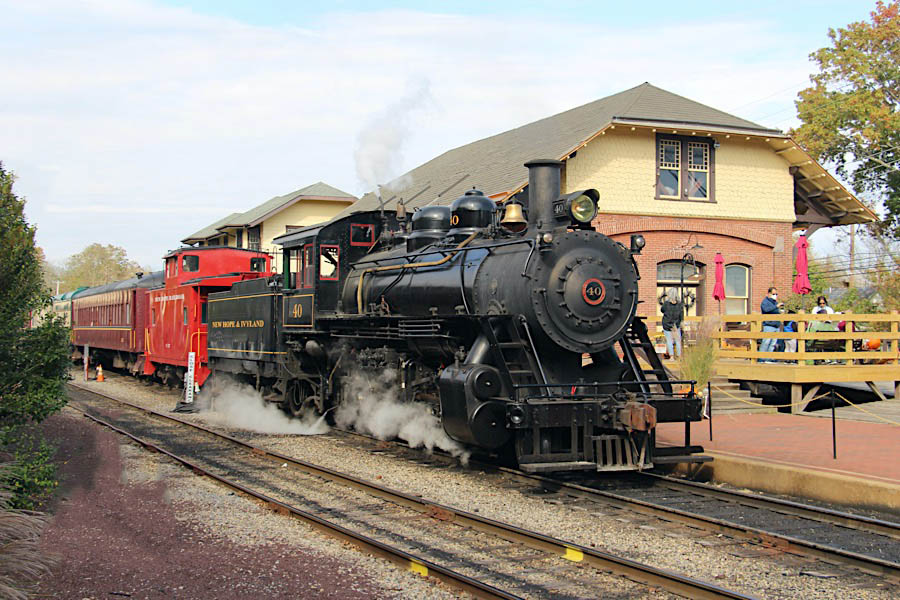
New Hope, Pa / Oct 2021 / RWH
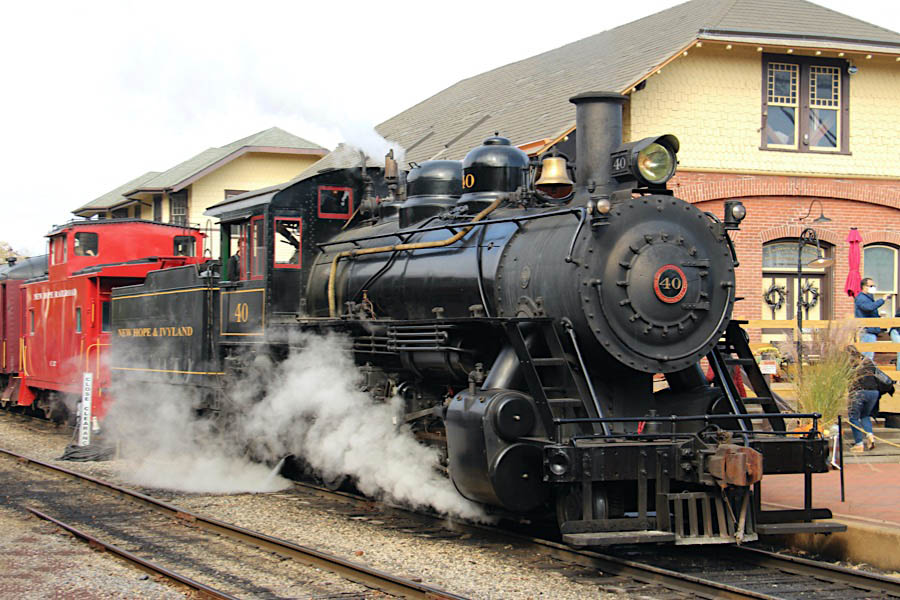
New Hope, Pa / Oct 2021 / RWH

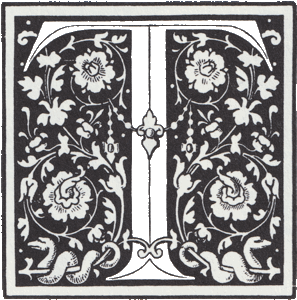 his locomotive’s story begins at the massive erecting hall of the Baldwin Locomotive Works in nearby Philadelphia, PA. Outshopped in early December of 1925, it has a 2-8-0 wheel arrangement, two pilot wheels, eight drivers, and no wheels trailing. This model of locomotive is also known as a Consolidation.
his locomotive’s story begins at the massive erecting hall of the Baldwin Locomotive Works in nearby Philadelphia, PA. Outshopped in early December of 1925, it has a 2-8-0 wheel arrangement, two pilot wheels, eight drivers, and no wheels trailing. This model of locomotive is also known as a Consolidation.
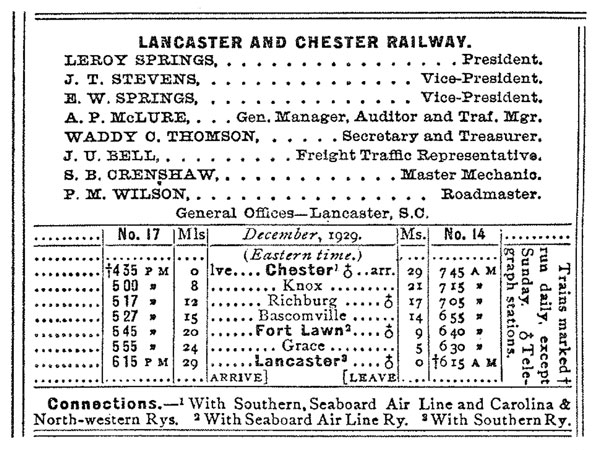 The Lancaster & Chester Railway, a twenty-nine mile shortline headquartered in Lancaster, SC, took delivery of No. 40 for the price of $25,125.96. Soon after, it could be seen hauling freight trains between the railroad’s customers and an interchange with the larger Southern Railway. Most freight hauled consisted of textile products from the large Spring Mills Company in Lancaster. For the majority of its life on the LC, the locomotive was largely used as a backup to the line’s other steamers.
The Lancaster & Chester Railway, a twenty-nine mile shortline headquartered in Lancaster, SC, took delivery of No. 40 for the price of $25,125.96. Soon after, it could be seen hauling freight trains between the railroad’s customers and an interchange with the larger Southern Railway. Most freight hauled consisted of textile products from the large Spring Mills Company in Lancaster. For the majority of its life on the LC, the locomotive was largely used as a backup to the line’s other steamers.
The LC would dieselize their trains following the conclusion of World War II, with No. 40 retired and sold to the Cliffside Railroad of Cliffside, NC in 1947. Like the LC, the Cliffside was predominantly a textile hauler.
During its time in North Carolina, similar to LC years, No. 40 was primarily used as backup power due to crew preference of working with the road’s other locomotive, a smaller 2-6-2 Prairie type No. 110. The big Consolidation would usually only be fired up if its stablemate was down for repairs, or if train size required the use of more than one locomotive.
No. 40 was retired once more in 1962 when the Cliffside began acquiring replacement diesels. Later that year, the locomotive would travel back north after being acquired by the upstart Steam Trains Inc. The group moved their new acquisition to the Reading Company’s roundhouse in Wilmington, DE for storage. It would be housed there for a few years before being moved once again, this time to the Reading’s shops in the anthracite coal region town of St. Clair, PA. At St. Clair, the old firebreather would see some cosmetic refurbishment in anticipation of a future passenger excursion career. When the northern portion of the Reading Company’s New Hope Branch was acquired by Steam Trains in 1966, No. 40 journeyed to Bucks County with the rest of its owner’s fleet of vintage equipment. For this mid-summer move, the locomotive was dead in tow, with stablemate 4-6-0 Ten-Wheeler No. 1533 providing the power.
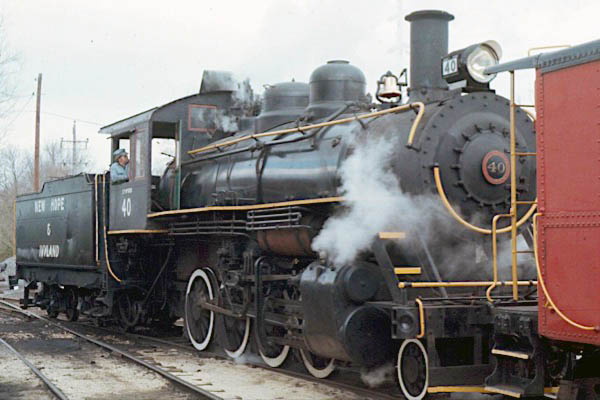 During the first few years of operations for the New Hope & Ivyland Railroad, the new name of Steam Trains, No. 40 was mainly a static display around New Hope yard due to operating crew preference for No. 1533. In 1967, it saw a brief period of operation when the Ten-Wheeler was down for repairs. However, work to make it a regular part of the operating fleet did not commence until 1974.
After 1975, when No. 1533 had been taken out of service for heavy repair work, the Consolidation would finally get a chance to shine as one of the main steam locomotives in New Hope passenger service. Sharing excursion responsibilities with smaller steamer during the late 1970s and early 1980s, it would operate both on and off home rails. One of its offline adventures took place in 1985 when it ventured down to the Fairless Works of U.S. Steel in nearby Morrisville, PA. This journey was part of a weekend-long open house for plant employees and their families.
During the first few years of operations for the New Hope & Ivyland Railroad, the new name of Steam Trains, No. 40 was mainly a static display around New Hope yard due to operating crew preference for No. 1533. In 1967, it saw a brief period of operation when the Ten-Wheeler was down for repairs. However, work to make it a regular part of the operating fleet did not commence until 1974.
After 1975, when No. 1533 had been taken out of service for heavy repair work, the Consolidation would finally get a chance to shine as one of the main steam locomotives in New Hope passenger service. Sharing excursion responsibilities with smaller steamer during the late 1970s and early 1980s, it would operate both on and off home rails. One of its offline adventures took place in 1985 when it ventured down to the Fairless Works of U.S. Steel in nearby Morrisville, PA. This journey was part of a weekend-long open house for plant employees and their families.
No. 40 would be taken out of service for repairs in 1986, with various diesels taking its place at the head of the passenger runs out of New Hope. In 1990, the locomotive would receive a major rebuild as the railroad changed hands. With the assistance of Strasburg Railroad mechanical forces, the new operators of the New Hope & Ivyland Railroad brought the old Baldwin built warrior back to life in a matter of months as part of their plans to refurbish the historic operation. In the early summer of 1991, No. 40 steamed for the public once again as it pulled trains through Bucks County.
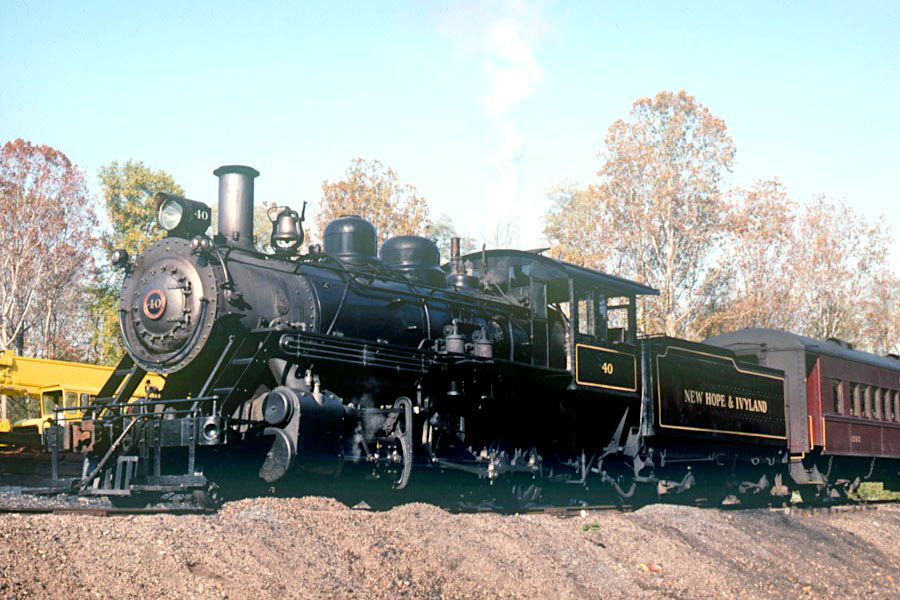
New Hope, Pa / Oct 1995 / collection
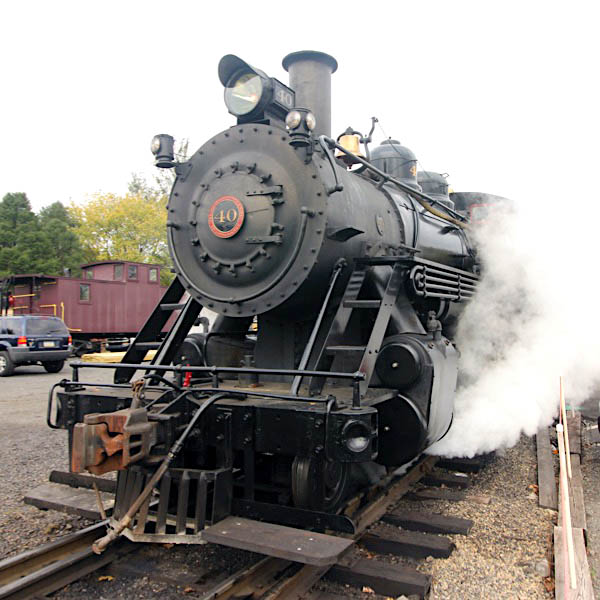
Oct 2021 / RWH
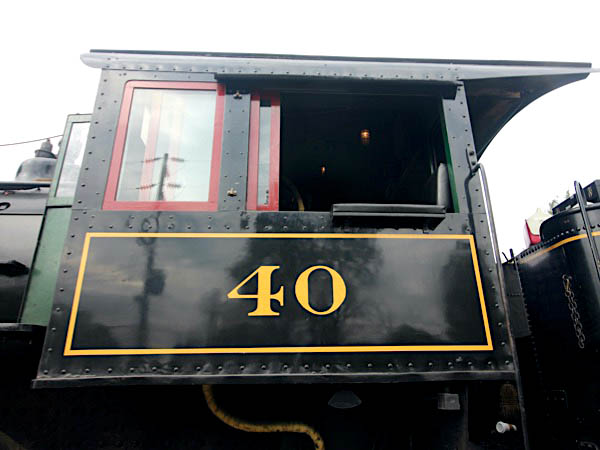
Oct 2021 / RWH
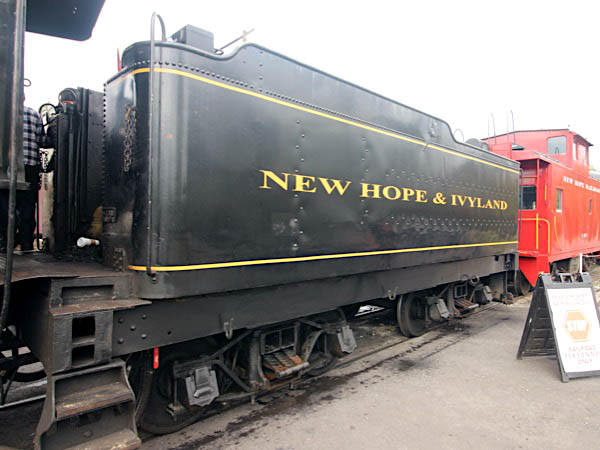
Oct 2021 / RWH
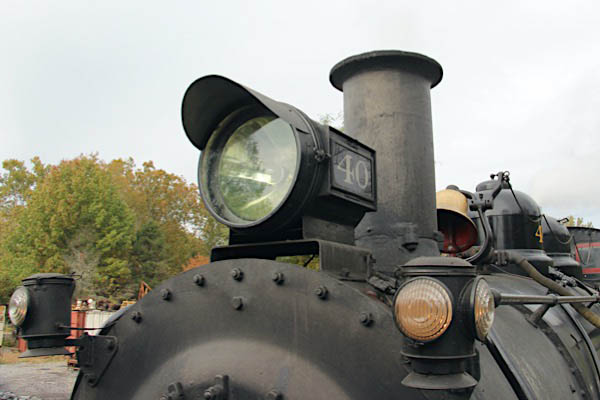
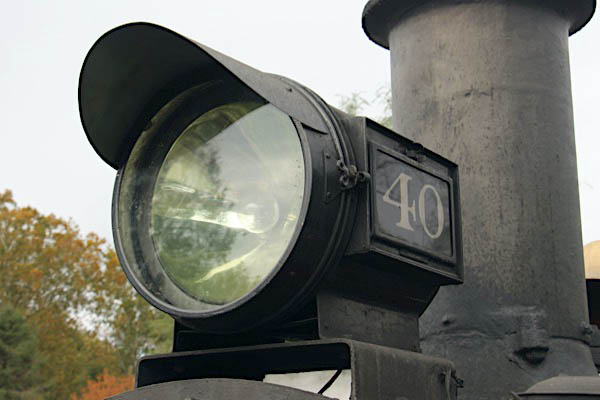
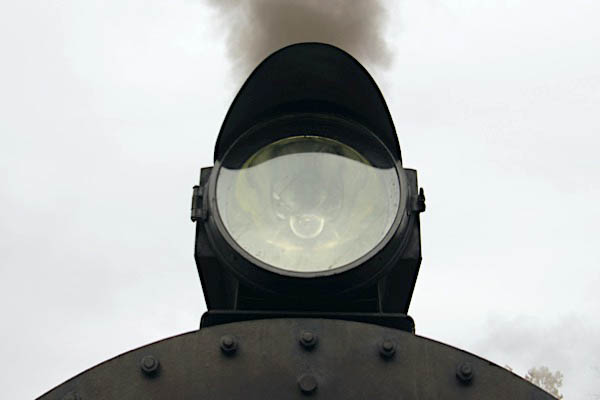


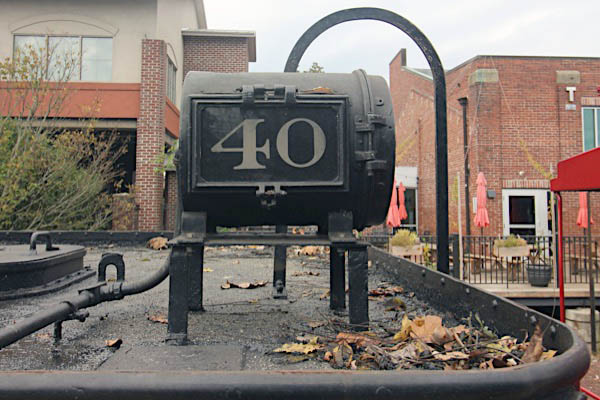
Oct 2021 / RWH
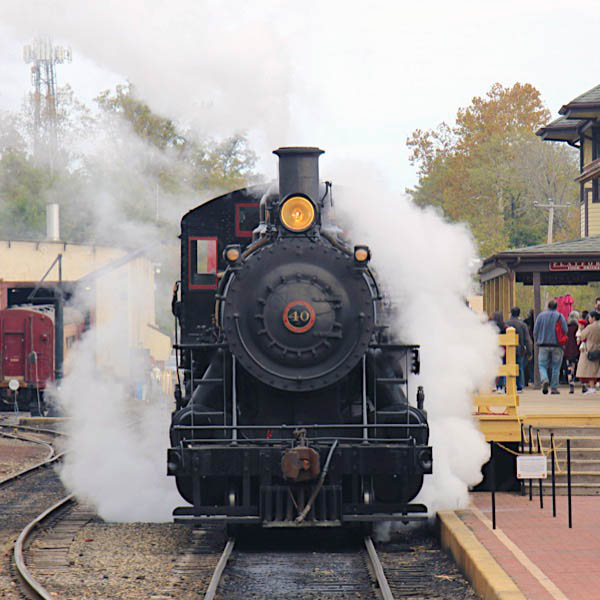
New Hope, Pa / Oct 2021 / RWH
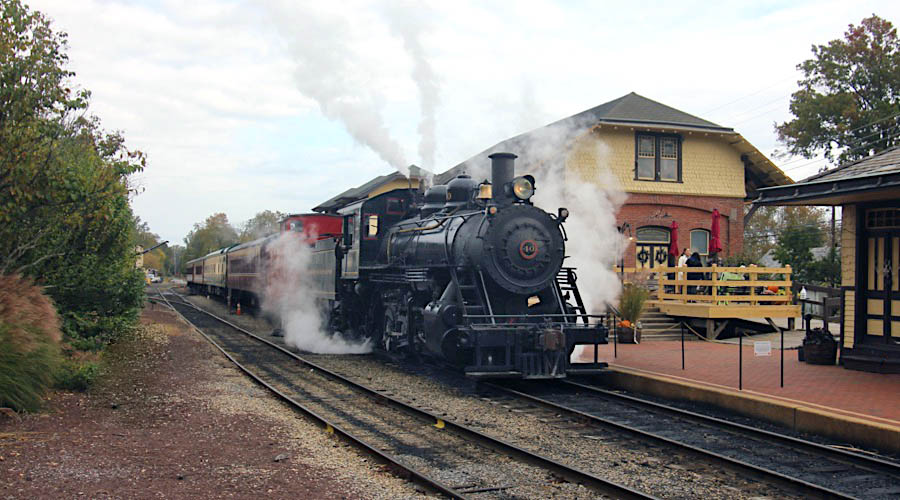
New Hope, Pa / Oct 2021 / RWH
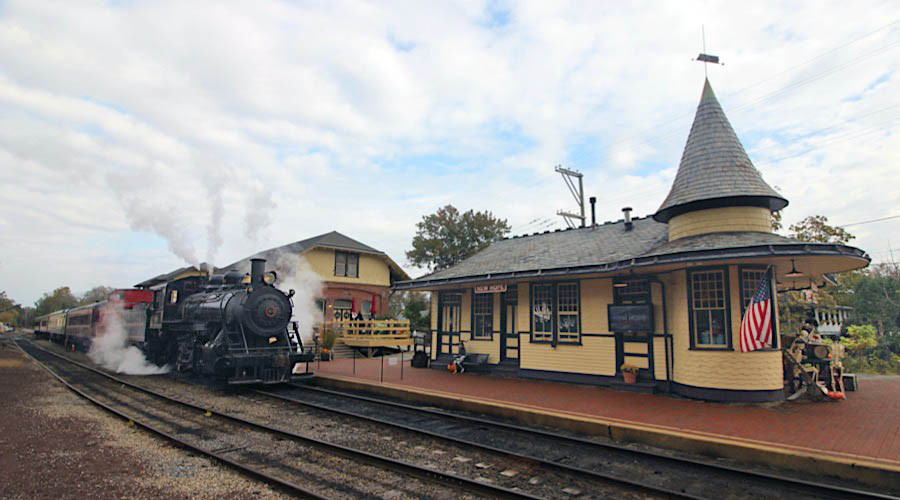
New Hope, Pa / Oct 2021 / RWH
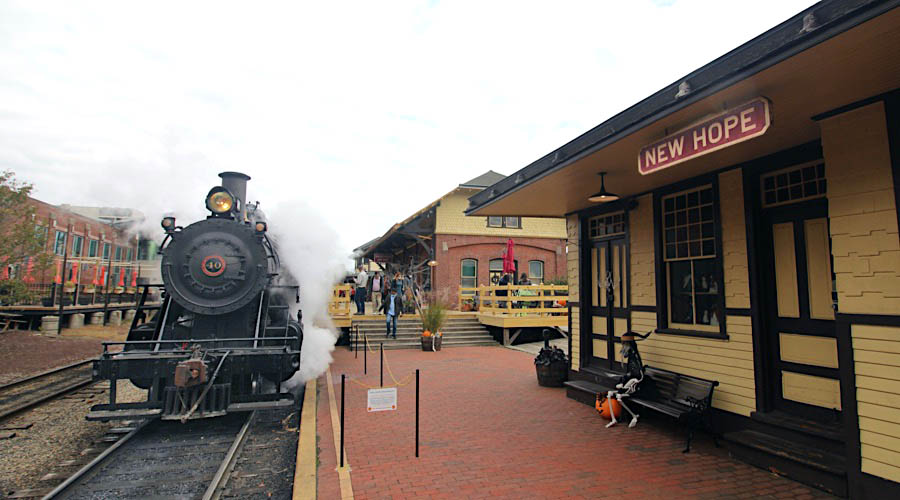
New Hope, Pa / Oct 2021 / RWH
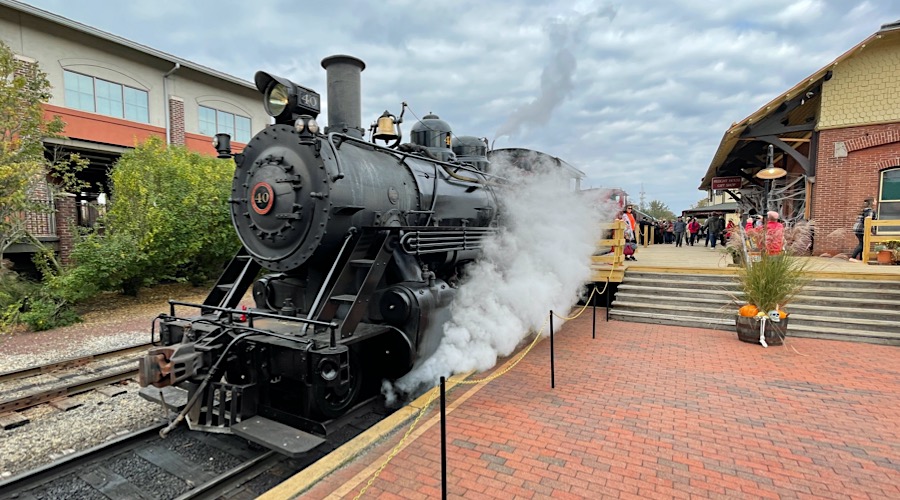
New Hope, Pa / Oct 2021 / RWH
#1533
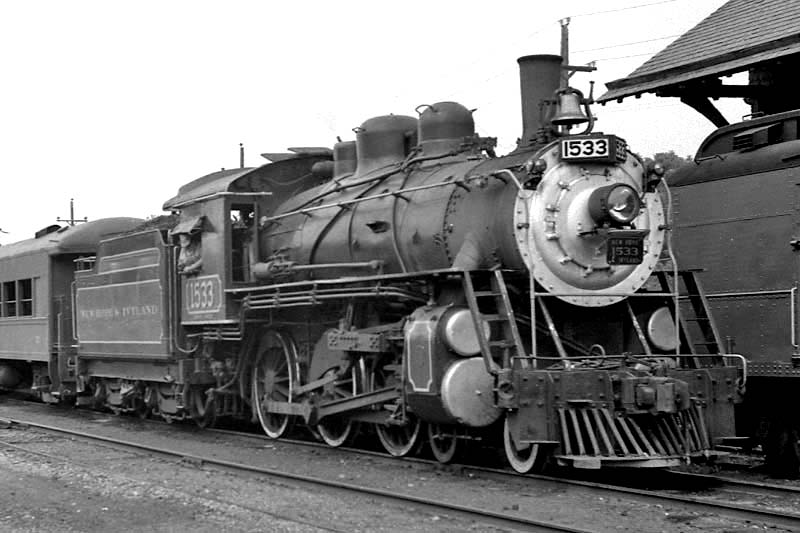
New Hope & Ivyland #1533
New Hope, Pa / Aug 1971 / JCH


New Hope & Ivyland #1533
to Canadian National #1533, 1956
to Steam Trains, Inc. #1533, 1962
to New Hope & Ivyland #1533
out of service since 1975
stored dismantled, New Hope
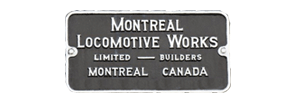
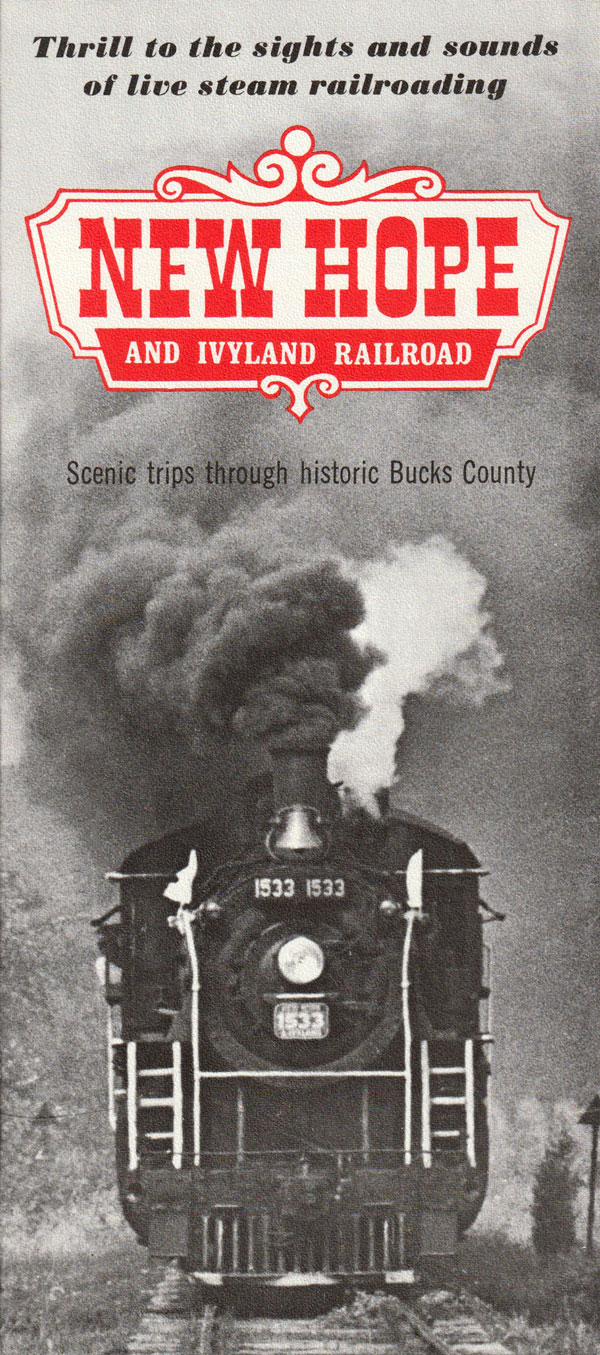
brochure / collection
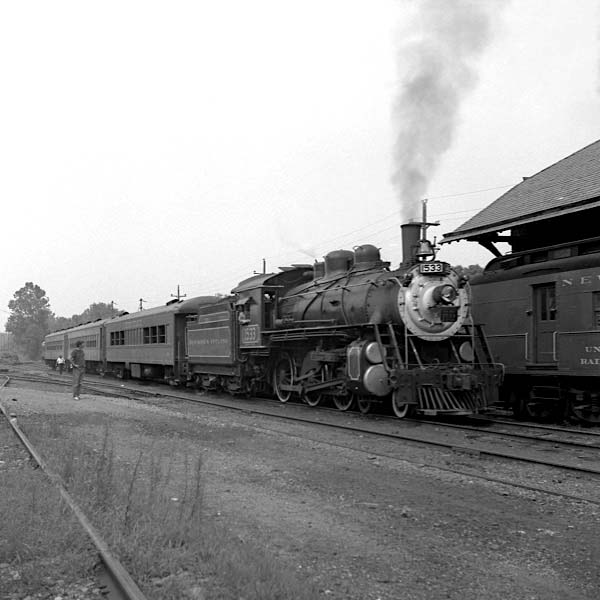
New Hope, Pa / Aug 1971 / JCH
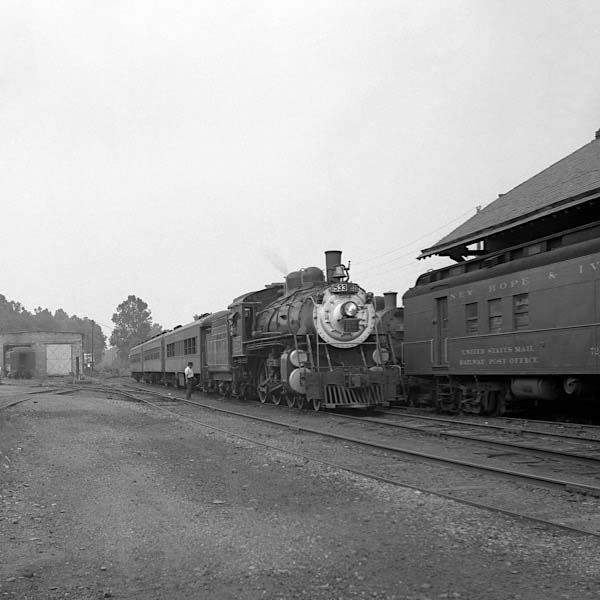
New Hope, Pa / Aug 1971 / JCH

New Hope, Pa / Aug 1971 / JCH
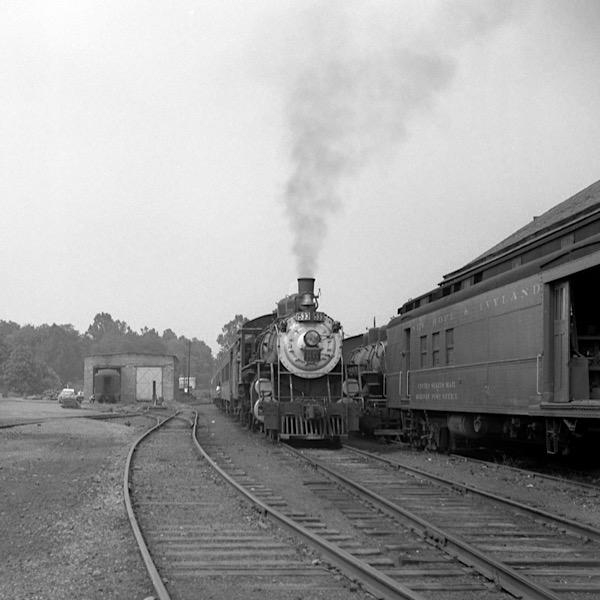
New Hope, Pa / Aug 1971 / JCH
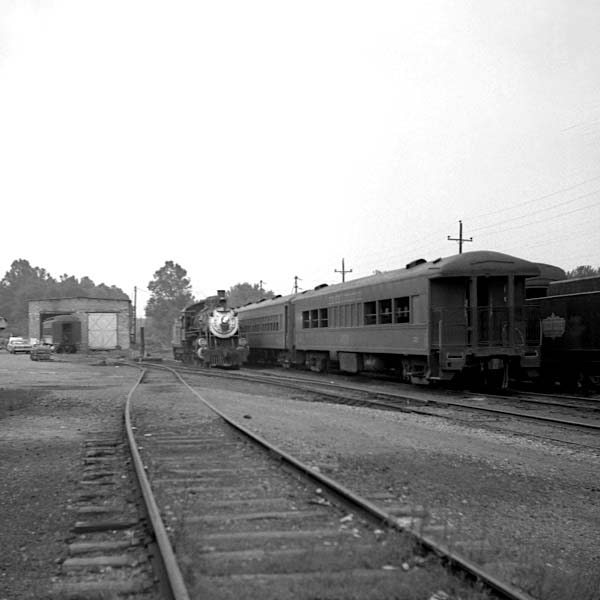
New Hope, Pa / Aug 1971 / JCH
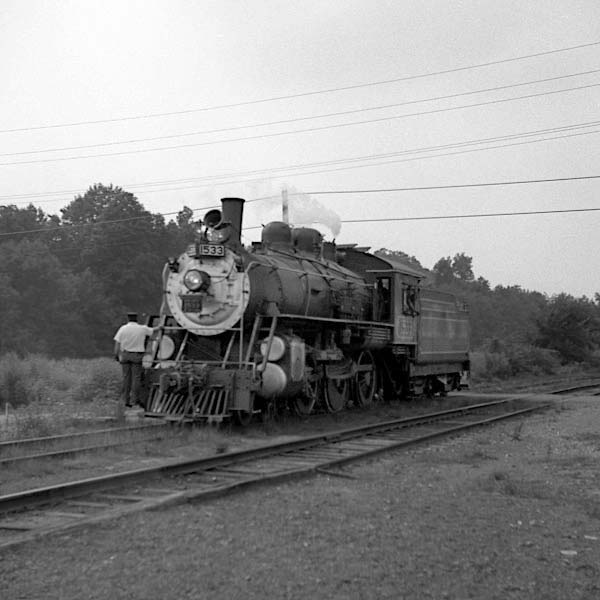
Lahaska, Pa / Aug 1971 / JCH
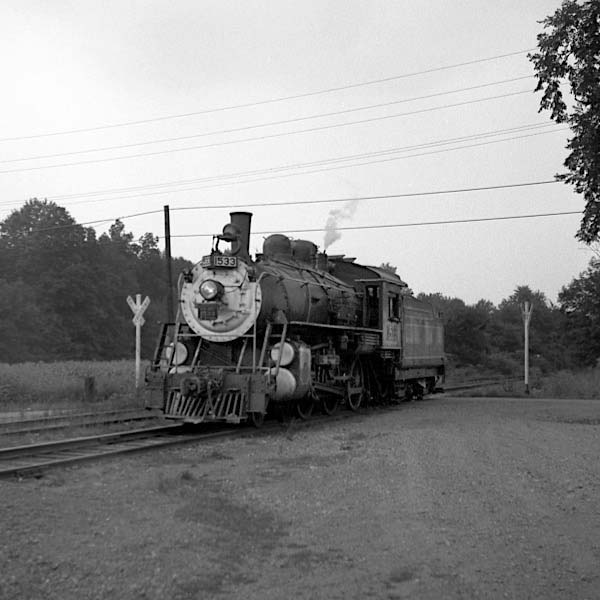
Lahaska, Pa / Aug 1971 / JCH
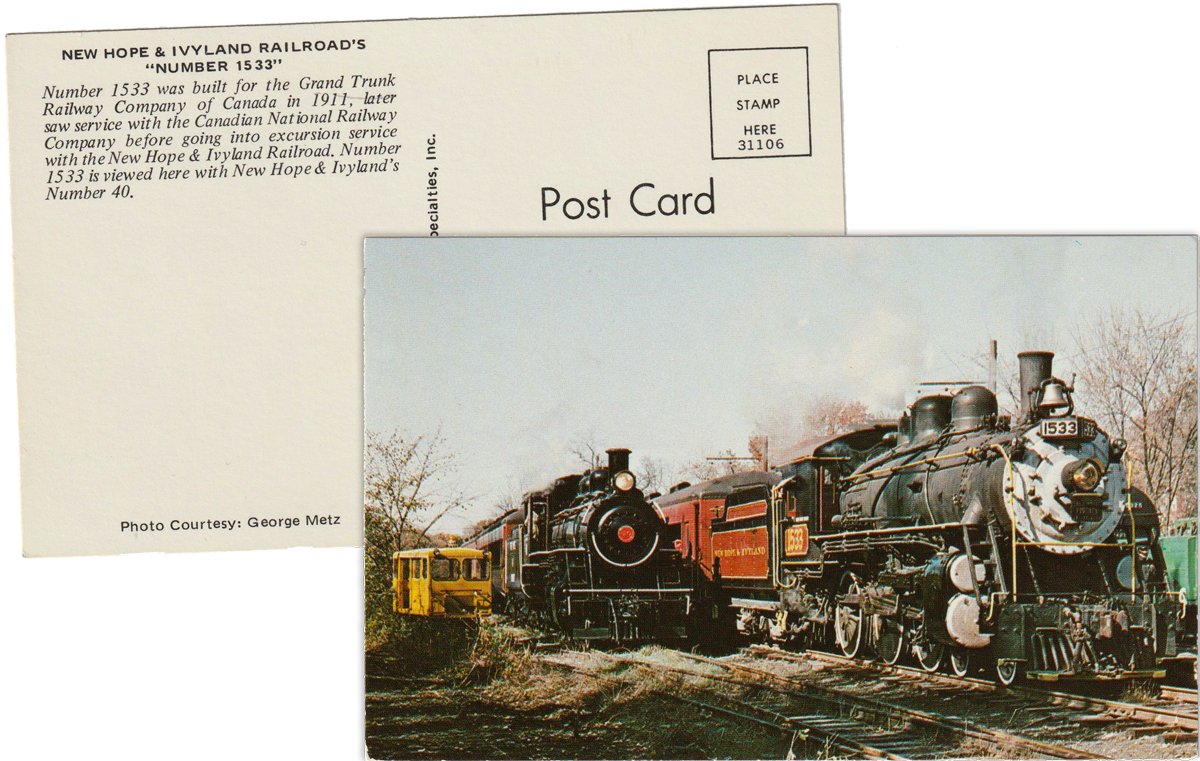
postcard / collection
#2198
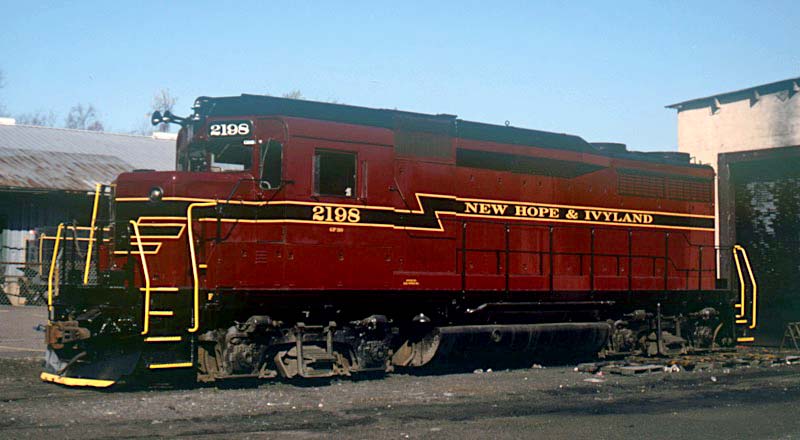
New Hope & Ivyland #2198
New Hope, Pa / Apr 1998 / collection


New Hope & Ivyland #2198
to Penn Central #2198
to Conrail #2198
to New Hope & Ivyland #2198

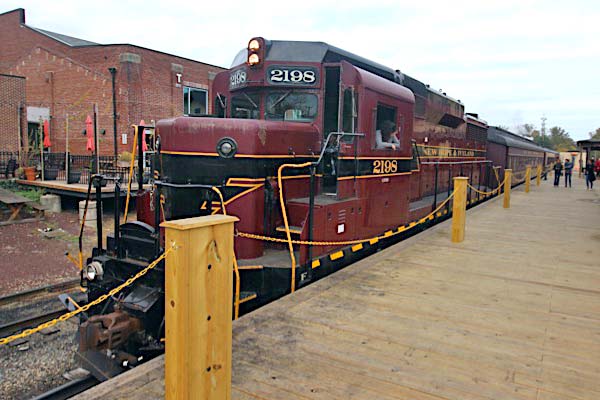
New Hope, Pa / Oct 2021 / RWH
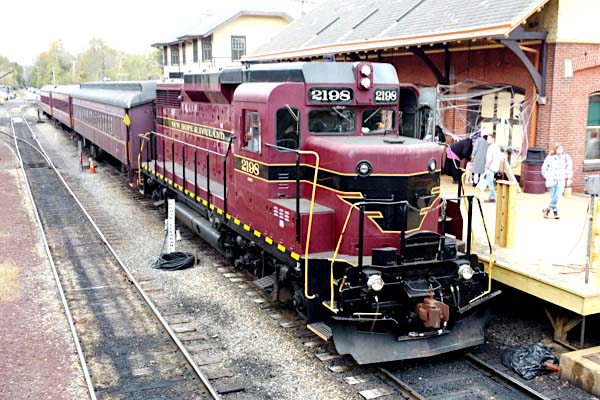
New Hope, Pa / Oct 2021 / RWH
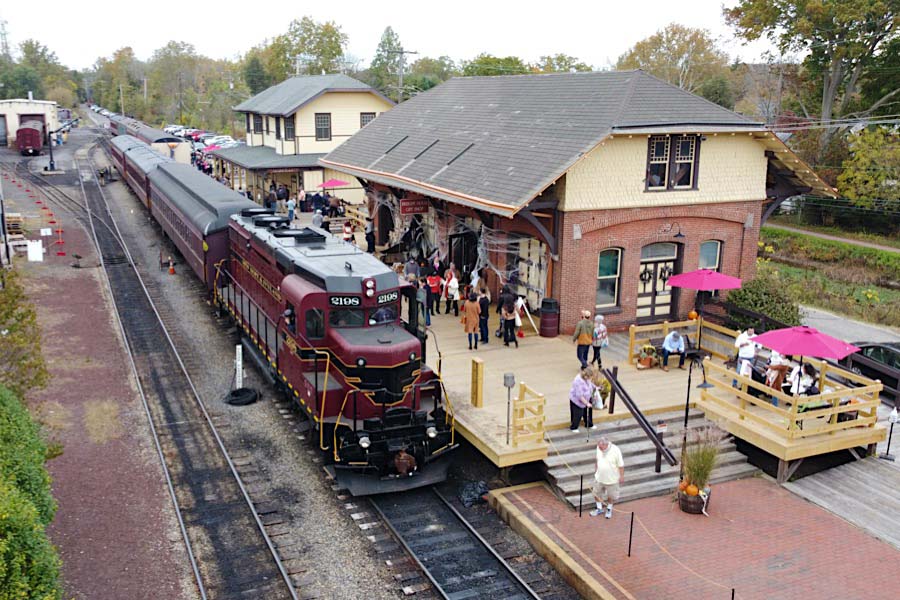
New Hope, Pa / Oct 2021 / RWH
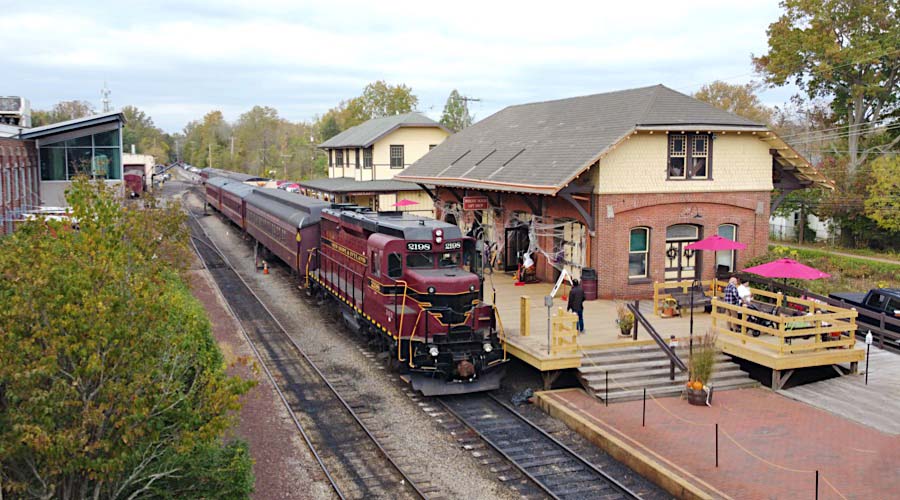
New Hope, Pa / Oct 2021 / RWH
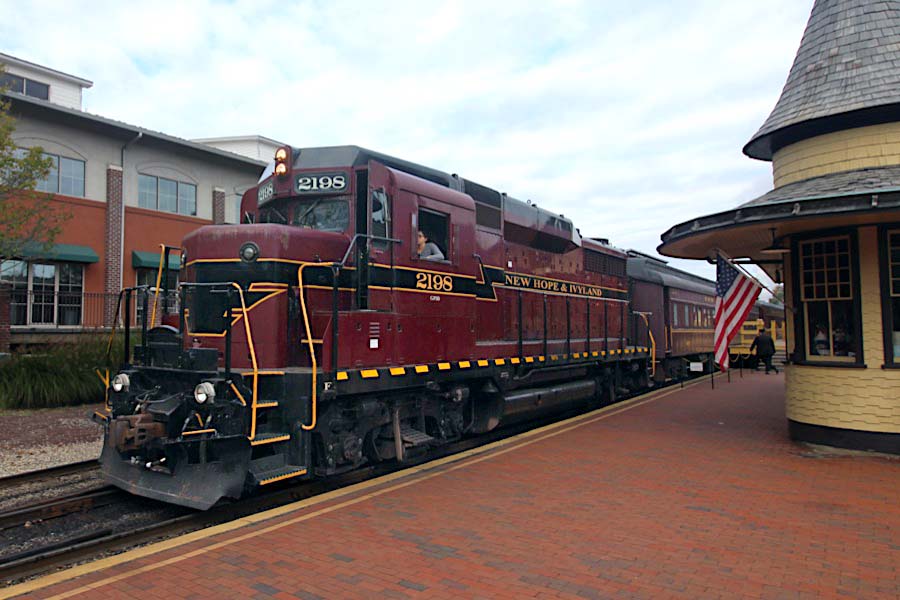
New Hope, Pa / Oct 2021 / RWH
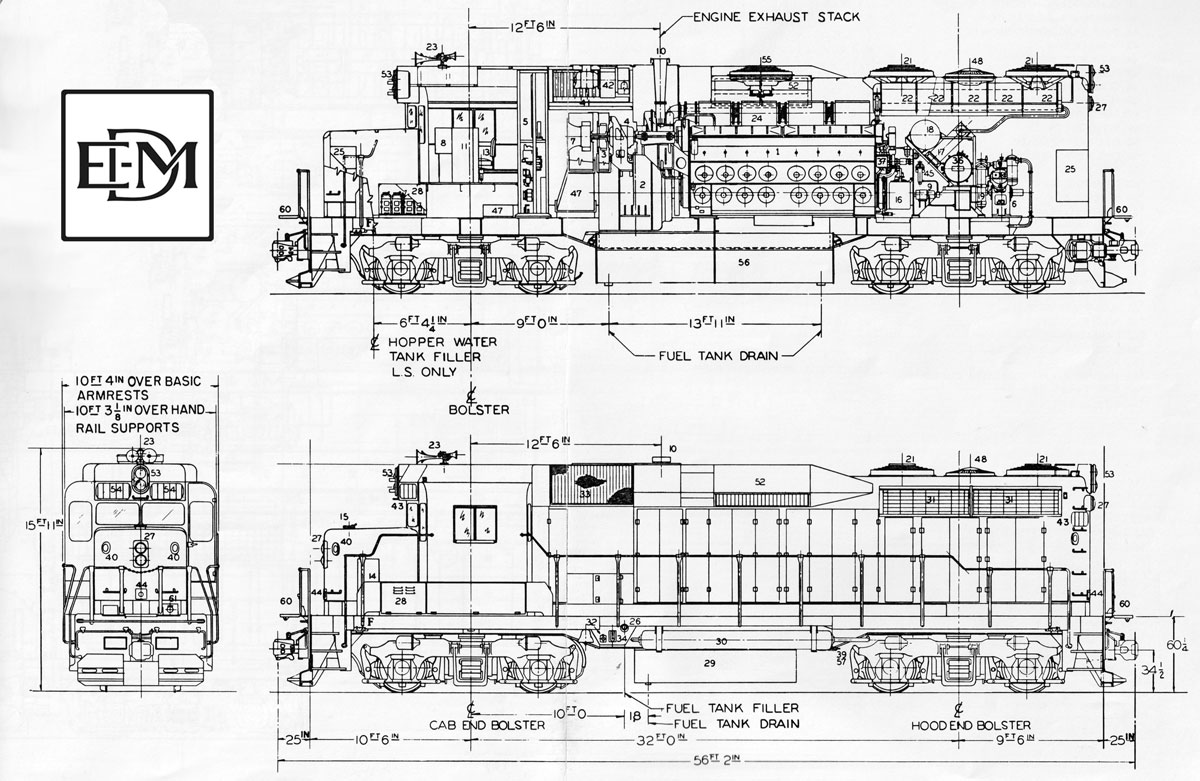
collection

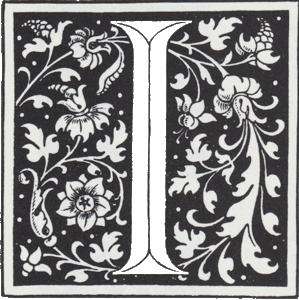 n 1996, the locomotive was acquired and moved to Bucks County to begin a new career on the NHRR. After some mechanical work was performed, it was pressed into both freight and excursion service on our seventeen-mile line, with a new paint job of burgundy and gold following shortly after.
n 1996, the locomotive was acquired and moved to Bucks County to begin a new career on the NHRR. After some mechanical work was performed, it was pressed into both freight and excursion service on our seventeen-mile line, with a new paint job of burgundy and gold following shortly after.
No. 2198 was the primary freight unit in its early years with the company, only operating on passenger trains if the steam locomotive was down for repairs. However, with the acquisition of larger diesels in recent years, the locomotive has seen more time with the heritage operation on the northern end of the line. Because the locomotive possesses cab signaling equipment, it is able to operate offline over the connecting trackage of SEPTA, the Philadelphia area commuter agency. No. 2198 has more often than not been on the head end of off-campus excursions in recent years, including trips for Lansdale Founders Day and Willow Grove’s Tricentennial Excursion in the spring of 2011.
No. 2198 is one of several GP30s that operate today within Pennsylvania, and one of the few still in near original condition. It is also one of sixteen that survive the Pennsylvania Railroad’s fifty-two-unit order.

Lahaska, Pa / Oct 2021 / RWH

Lahaska, Pa / Oct 2021 / RWH
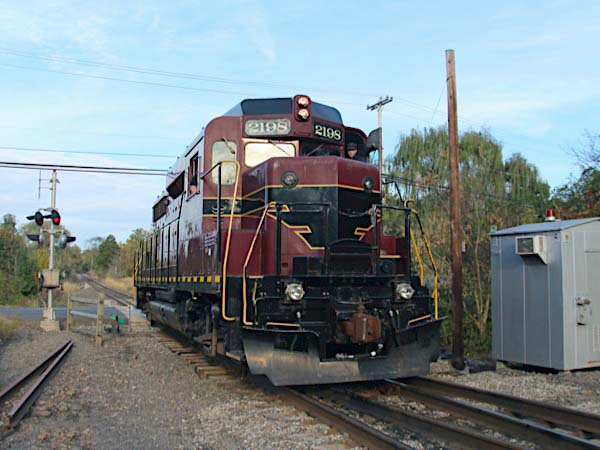
Lahaska, Pa / Oct 2021 / RWH

postcard / collection
#8218
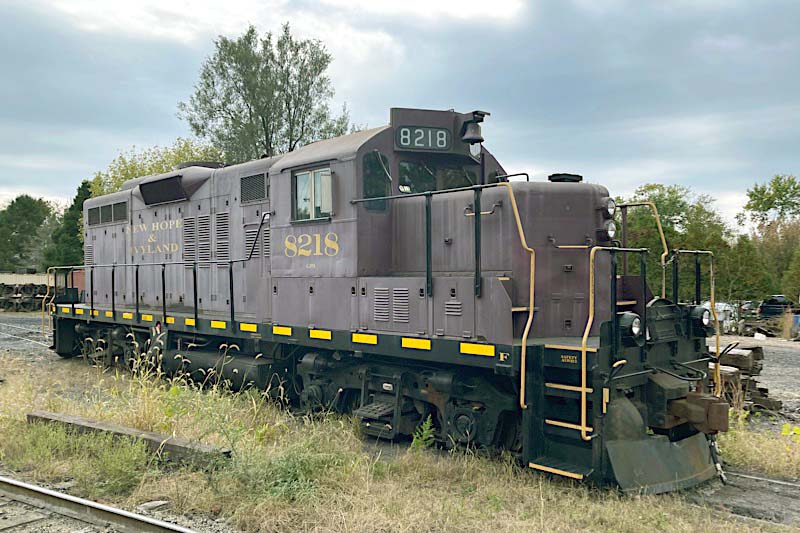
New Hope & Ivyland #8218
New Hope, Pa / Oct 2021 / RWH


New Hope & Ivyland #8218
to New Hope & Ivyland #8218

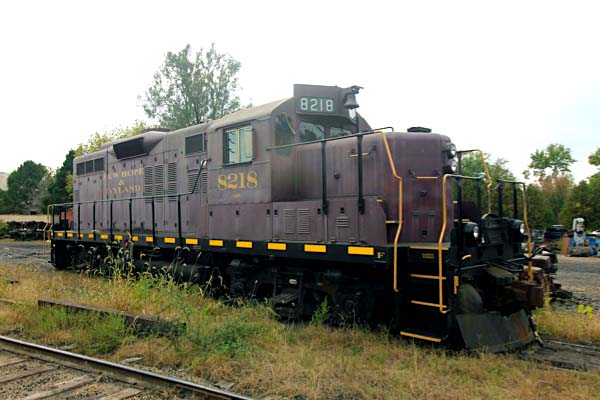
New Hope, Pa / Oct 2021 / RWH
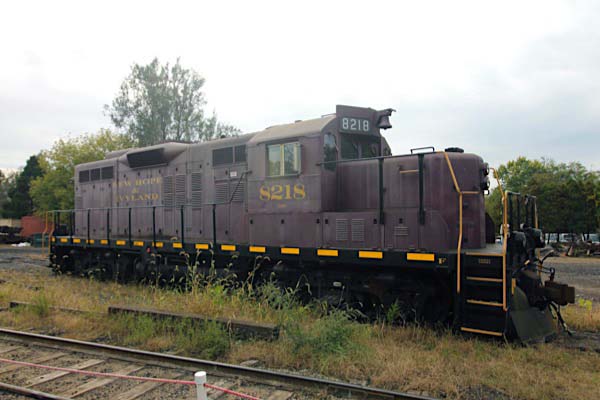
New Hope, Pa / Oct 2021 / RWH
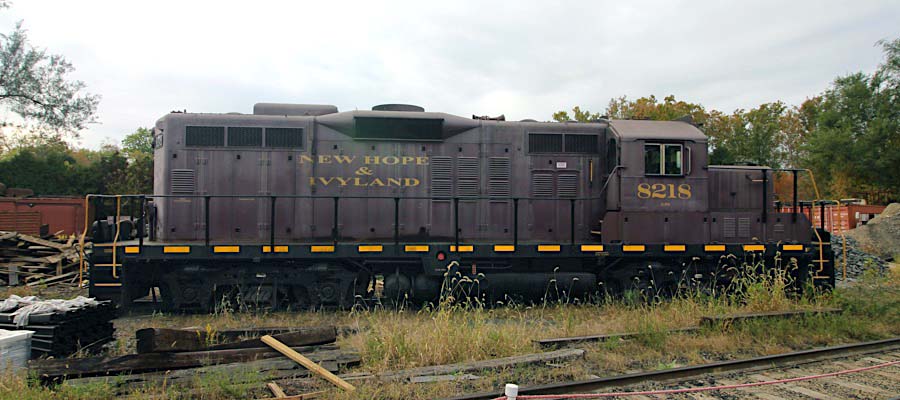
New Hope, Pa / Oct 2021 / RWH

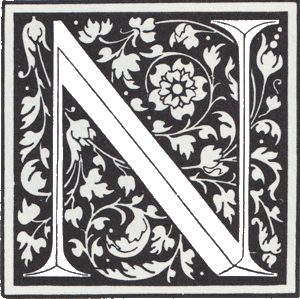 o. 8218 was constructed at the Ontario plant in 1957 as part of a seventy-three-unit order for the Canadian Pacific Railway. Originally assigned No. 8678, it was one of two hundred GP9 units that CP would eventually come to own. As-built, both the long and short hoods of the locomotive were of equal height. The next thirty-one years would see it working across Canada in various types of service.
o. 8218 was constructed at the Ontario plant in 1957 as part of a seventy-three-unit order for the Canadian Pacific Railway. Originally assigned No. 8678, it was one of two hundred GP9 units that CP would eventually come to own. As-built, both the long and short hoods of the locomotive were of equal height. The next thirty-one years would see it working across Canada in various types of service.
In 1988, after much heavy use and accumulated mileage, No. 8678 was taken out of service and moved to CP’s Ogden shops in Calgary, AB for a heavy rebuild. Both mechanical and cosmetic details were attended to at this time in an effort to ensure continued reliability, extending the locomotive’s service life rather than replacing it with newer power. The rebuild included chopping the high short hood down and installing more windshields for better crew visibility. It was also renumbered to No. 8218 at this time, with the model designation changed to GP9u to note the unit’s upgraded status.
After the rebuild concluded, No. 8218 was placed back in freight service in both Canada and the United States. This time around, it commonly worked in yards and on branch line locals, with only occasional appearances hauling cars out on the mainline.
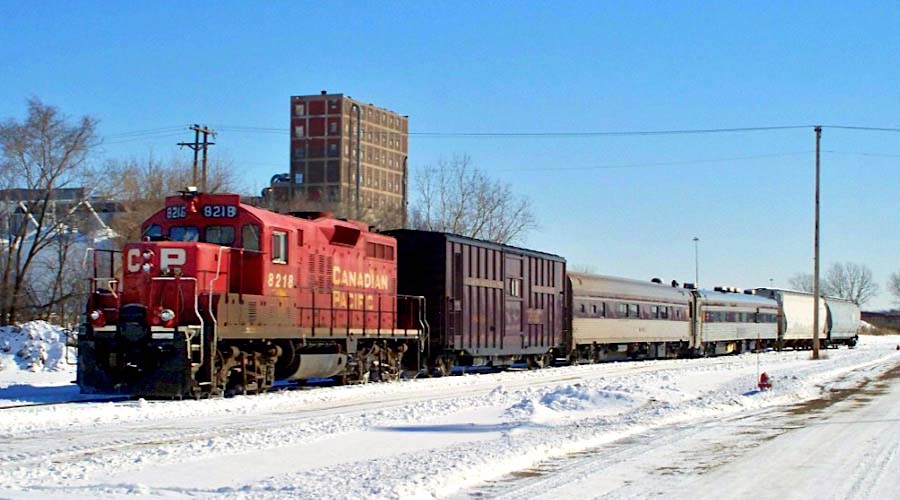 During the final years with its original owner, the locomotive became the regular power used on CP’s Track Geometry Train. This special train, consisting of a modified boxcar and two coaches, contained special computerized equipment used to inspect various details regarding the condition of the tracks. Because of its regular assignment in this special and important service, No. 8218 was kept in very good mechanical and cosmetic condition. In fact, during this time, it was a notable occasion to see this locomotive hauling anything besides the Track Geometry consist. Its special duties also made it one of the last GP9 units in active service on the Canadian Pacific.
During the final years with its original owner, the locomotive became the regular power used on CP’s Track Geometry Train. This special train, consisting of a modified boxcar and two coaches, contained special computerized equipment used to inspect various details regarding the condition of the tracks. Because of its regular assignment in this special and important service, No. 8218 was kept in very good mechanical and cosmetic condition. In fact, during this time, it was a notable occasion to see this locomotive hauling anything besides the Track Geometry consist. Its special duties also made it one of the last GP9 units in active service on the Canadian Pacific.
Retirement for the old diesel finally came in the spring of 2015, with a little over fifty years of service to its original owner. After a few months in storage, it was acquired for use on the NHRR and moved to Pennsylvania, arriving in Bucks County in October of that year.
At first, the locomotive primarily saw use as a yard and shop switcher around New Hope. However, in the early fall of 2017, it emerged from the shop wearing a simplified NHRR paint scheme, a look very similar in design to the one used by the Reading Company on their first-generation diesel power. Fresh and shiny, it debuted on the railroad’s popular Fall Foliage excursions.
No. 8218 is one of the NHRR’s primary excursion locomotives, working together with Consolidation No. 40 and GP30 No. 2198. Its presence on the railroad is quite fitting, as the Reading Company once operated similar GP7 units on the New Hope Branch during the 1950s and early 1960s.
